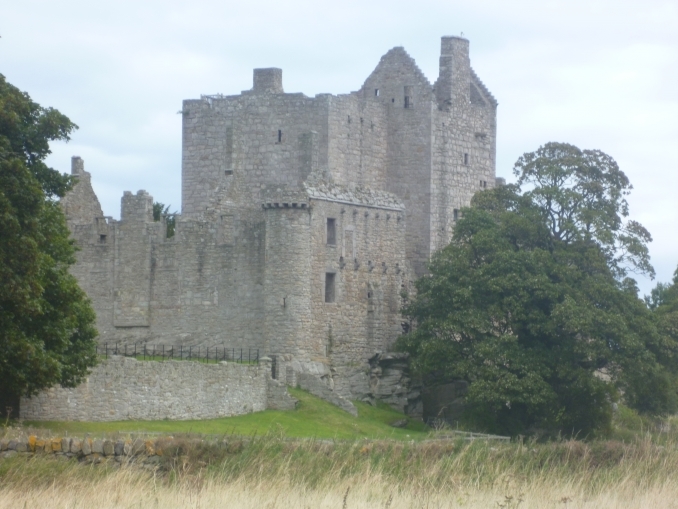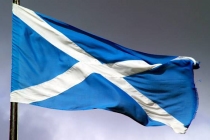Craigmillar Castle

This is a well preserved fourteenth century castle with fifteenth and sixteenth century extensions. It has a fourteenth century tower house surrounded by a fifteenth century courtyard and defensive walls and gardens. The castle is located about three miles southeast from Edinburgh City Centre in Craigmillar. It is described as one of the most perfectly preserved late-medieval castles in Scotland. It was to Craigmillar Castle that King James III of Scotland's (10 July 1451 – 11 June 1488) younger brother John Stewart, Earl of Mar, was taken on the Kings orders. He was imprisoned here after being convicted of witchcraft. Mystery surrounds his death but it has been said that he was taken into Edinburgh and killed by being bled to death.
James III was not a popular monarch and his attempts at closer relationships with the neighbouring country of England during his reign were met with hostility within Scotland. Craigmillar Castle was the scene of a siege by English forces during the time known as the Rough Wooing (1543 -1550). This was part of a conflict between Scotland and England as Henry VIII of England attempted to force the marriage of his son Edward and the infant Mary, Queen of Scots. This attempt to force a marriage failed. However, the castle was burnt by English forces before they retreated but was subsequently re-built. Mary Queen of Scots stayed at Craigmillar Castle on two occasions, in September 1563 and November 20th to December 7th 1566.
Our visit on a cloudy but dry August day showed off the castle to good effect. There are significant remains with views across the surrounding countryside and towards Edinburgh Castle to the north. If travelling to the site by car the site is off Craigmillar Castle Road, Edinburgh EH16 4SY. There is a car park and small shop. Opening times and information on how to get to the site can be obtained from the Visit Scotland website. We took a bus from a stop going south towards Edinburgh Royal Infirmary from Edinburgh’s North Bridge. Craigmillar Castle Road is next to the Infirmary off Old Dalkeith Road (A7). If you walk northeast across the park you’ll see the castle as you climb the hill. It is really worth visiting this castle.
Celtic nation:
- Scotland
Itinerary:
- Scotland Edinburgh & the Lothians
Place type:
- Castle





























